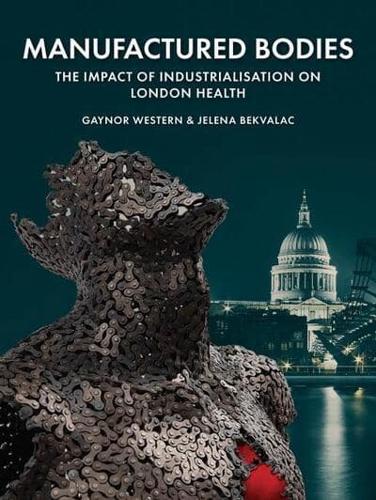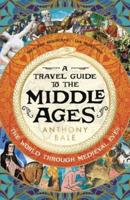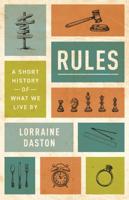Publisher's Synopsis
Industrialisation is a notoriously complex issue in terms of the hazards and benefits it has brought to human beings in our endeavours to improve our lives. This is never more evident than in the field of health and medicine, where there are many questions about the causes and treatments of diseases we commonly encounter today, such as cancer, diabetes and degenerative age-related conditions. Are there genetic predispositions to these conditions? Are they a mirror of our modern lives driven by our fast-paced lifestyles or have they always existed but gone undetected? The archive of human skeletal remains at the Museum of London provides a large bank of evidence that has been explored here, along with other skeletal collections from around England, to investigate how far some of these diseases go back in time and what we can tell about the influence of living environments past and present on human health. The Industrial Period was a key period in human history where substantial change occurred to the population's lifestyles, in terms of occupations, housing and diet as well as leisurely past-times, all of which would have impacted on their health. London had become the most densely populated metropolis in the world, the beating heart of trade and consumerism, an unambiguous example of the urban experience in the Industrial age. Using up-to-date medical imaging technologies in addition to osteoarchaeological examination of human skeletal remains, we have been able to establish the presence of modern day diseases in individuals living in the past, both before and during Industrialisation, to compare to rates in UK populations today. By re-examining the skeletal evidence, we have traced how the perils of unregulated rural and urban lives, changing food consumption, transport, technologies as well as improving medical treatment and life expectancy, have all altered health patterns over time.






